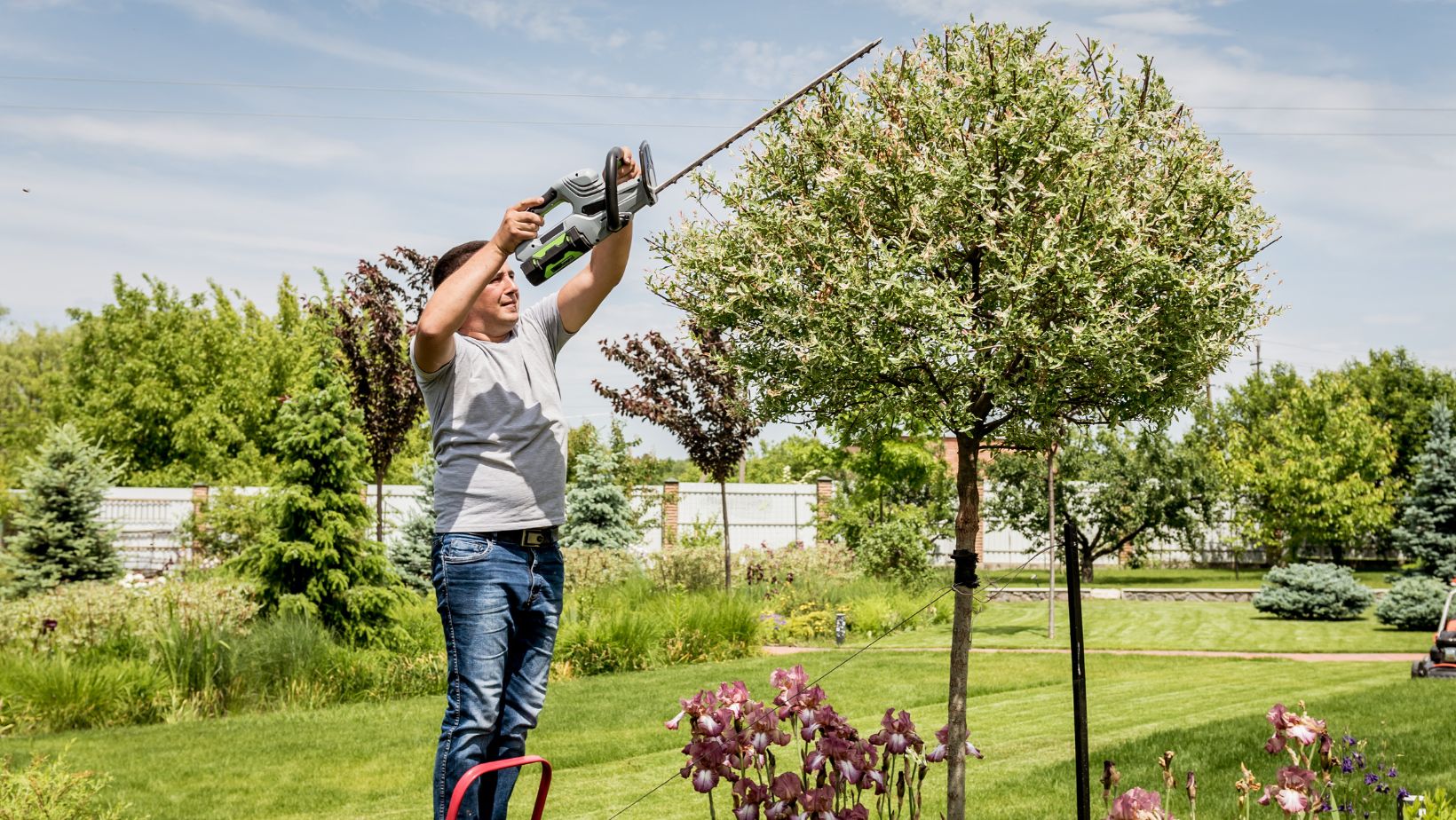
Establishing a consistent tree care routine across all four seasons is crucial for maintaining healthy, vibrant trees. Trees, much like people, require specific care tailored to the fluctuating weather conditions throughout the year. How well a tree is maintained season by season significantly impacts its overall health, growth, and longevity. The aim of seasonal tree maintenance is not only to enhance aesthetic appeal but also to ensure trees remain robust against environmental stressors. This article outlines critical tips for preparing your trees for the changing seasons, touching on the unique requirements for each part of the year.
Early Spring Tree Care
Early spring is a time of renewal and growth, making it an optimal period to kickstart your tree maintenance routine. As the winter frost starts to thaw, it’s essential to inspect trees for any damage they may have incurred during the colder months. Look for broken, dead, or damaged branches that need pruning. Removing these branches improves the tree’s appearance and prevents disease and pest infestations that flourish on decaying wood.
Applying fertiliser during early spring helps provide the necessary nutrients for vigorous growth. A balanced fertilizer rich in nitrogen supports the development of lush green foliage. In addition to feeding the trees, early spring is the ideal time to engage in preventative pest control measures. Utilize dormant oil sprays to eliminate over-wintering insects and their eggs.
Late Spring and Early Summer Tree Maintenance
Trees require adequate hydration to thrive as temperatures rise into late spring and early summer. Effective watering strategies are crucial; deep watering encourages roots to grow deeper, making them more resilient during drought conditions. Generally, aim to water trees deeply once a week, adjusting based on rainfall and specific tree needs.
Mulching around the base of trees helps to retain soil moisture, regulate temperature, and suppress weeds. Apply organic mulch evenly to a depth of approximately 5 to 10 centimetres, ensuring it doesn’t touch the tree trunk to prevent rot.
This is also the time to remain vigilant about pests and diseases. Regularly examine trees for signs of trouble, such as unusual leaf discolouration, holes, or wilting. If any signs are evident, early intervention can prevent widespread damage.
It is important to support new tree growth and blooming during this period. Consider staking young or newly planted trees to protect them against strong winds and guide their upright growth.
Mid to Late Summer Tree Protection
During the scorching mid- to late summer months, watering continues to be essential. Trees should be watered deeply to counteract the effects of prolonged dry spells. Ensuring consistent moisture levels helps alleviate stress on the trees.
Protecting trees from sunscald, which can occur from intense sunlight and high temperatures, is necessary. Tree wraps or shields can achieve this, particularly for young or thin-barked trees, which are more susceptible.
The summer heat can also intensify the threat of pest infestations. Regular inspections and timely treatments with environmentally friendly pesticides or natural predators help control pests.
Mid- to late summer is also the right time for selective pruning. Focus on clipping back fast-growing shoots and thinning out dense growth to ensure adequate air circulation. This helps maintain the tree’s shape and health.
Fall Tree Preparation
When autumn arrives, it’s time to prepare trees for winter. The beautiful fall foliage, while delightful, means fallen leaves can accumulate and potentially harbour diseases. Regularly raking and removing leaves from under trees is beneficial.
Applying a slow-release fall fertiliser is practical for promoting root development. This ensures the tree has adequate nutrients to sustain through winter dormancy and supports robust growth once spring arrives.
Autumn is an excellent period to inspect trees carefully for signs of disease or structural weaknesses. Addressing these issues before winter can prevent exacerbation under snow and ice. Additionally, wrapping the lower trunks of young trees with tree guards or burlap can help protect them from rodent gnawing and frost injuries.
Winter Tree Care and Protection
Winter’s harsh conditions necessitate adequate tree preparation and protection. One vital step is to apply mulch generously around the base of trees to insulate their roots against freezing temperatures.
A mulch layer of about 10 to 15 centimeters thick is typically effective.
Evergreens, which retain their foliage during winters, are at risk of wind burn. Using burlap screens or anti-desiccant sprays can shield them from harsh winds.
Winter is an appropriate time for structural pruning, as trees are dormant and have shed their leaves, making branch architecture clearer to assess. Prune weak limbs or cross branches to improve the tree’s structure and stability.
Finally, trees must be inspected frequently throughout winter for any signs of damage from snow and ice. Gently brush off any heavy snow accumulation from branches and monitor for ice damage that may require immediate attention.
Conclusion
Year-round tree care demands diligent attention to seasonal changes and the corresponding requirements of trees throughout the year. Proper seasonal preparation enhances the trees’ beauty and significantly contributes to their overall health and longevity. By following these outlined tips, one can ensure their trees remain resilient and flourish through each season. It’s time to assess and care for trees with a comprehensive understanding of tree maintenance across seasons and reap the rewards of a thriving landscape.














